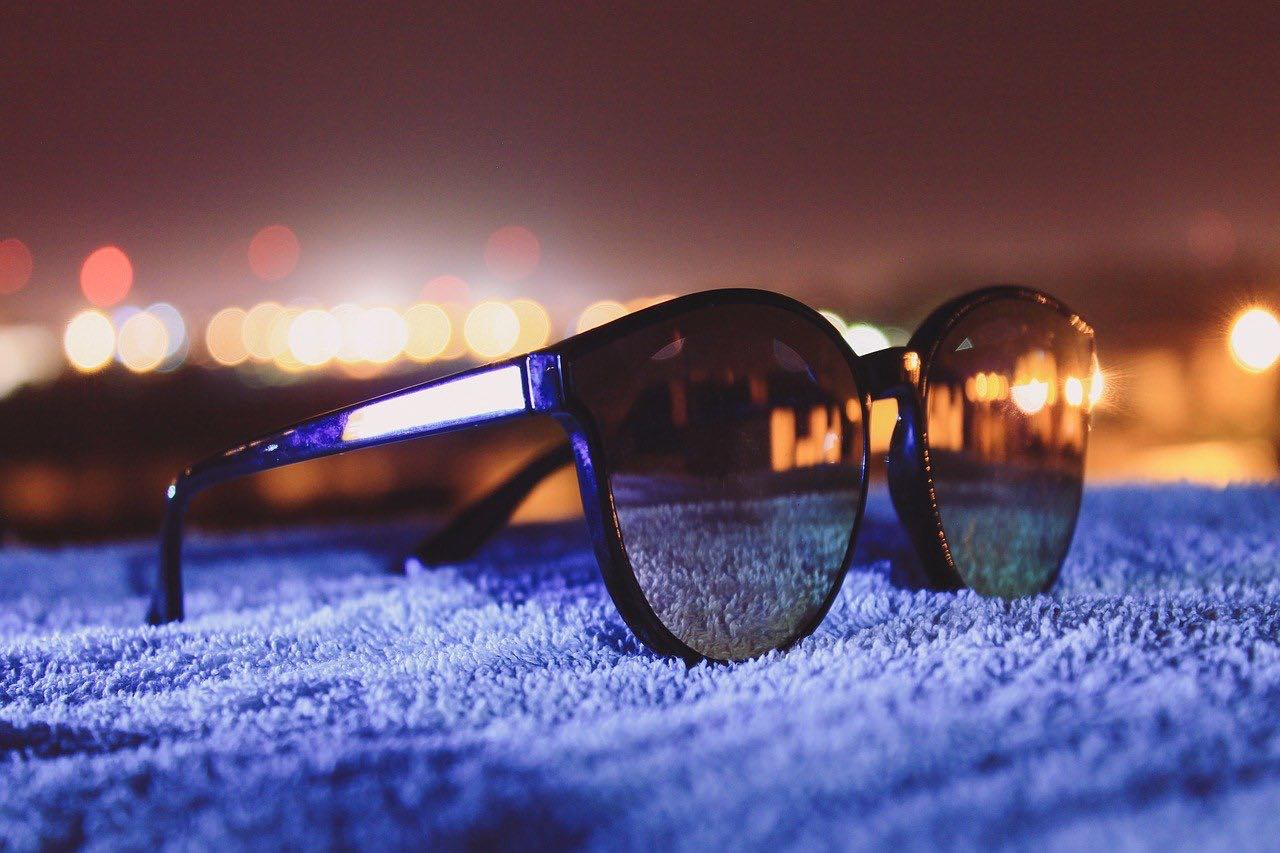Looking for a handy device that will aid in viewing distant objects while travelling outdoor? Thermal and night vision goggles are such wonderful optical equipment that makes it possible to see in the day even in dark. They have wide-ranging applications in night exploring, hunting, shooting, surveying, home and security, and many other fields. Both of the devices have lots of similarities. Still, each technology differs from another in several ways. As an outdoor enthusiast, you should know the basic difference between thermal vs night vision goggles so you can choose the perfect viewing device for you. Below, we’ll cover the topic to quench your thirst. Keep reading to get the exact ideas!
Technological Difference Between Night Vision and Thermal Imaging
Night vision is a broad word that allows seeing in the dark either by image enhancement, active illumination, or thermal imaging. Let’s know a little bit about them.
The image enhancement method is widely used in most night vision optics. These devices are commonly known as night vision devices or NVDs. Image intensifier tube or vacuum tube is the most important component of this technology. Intensifier tube collects a small amount of infrared light from natural sources and amplifies it until humans can see it in naked eyes.
Generally, the natural light sources are the moon, star, or surroundings. When there is no light source, the built-in IR light works as illuminators. The light source or illuminator works as a flashlight without alarming the targets. Typically, NVDs produce green images.
In recent times, a new type of NVD has come to market called digital night vision devices. These goggles like the ones on expertnightvision.com can work day and night simultaneously. Active illumination technology is almost similar to image intensification, but there is an extra active light source.
Thermal imaging or infrared (IR) imaging works differently from the above-discussed technologies. These optical equipment are called thermal imagers frequently. They are widely held in low-light cameras for security purposes. Thermal imagers capture radiation in the long-infrared range (wavelength of 9 to 14 micrometers) of the electromagnetic band.
In this technology, infrared scanners measure the heat signatures from objects and translate heat signatures into images. The hot objects emit more radiation than the cooler objects. Usually, image brightness increase with temperature rises. As a result, when we see through thermal imaging goggles, warm things stand out well than cooler things.
Which One Works Better In Any Lighting Condition?
When you are camping, fishing, hunting safari, or do any outdoor tasks, you need the ultimate goggles that work in any lighting situation. It’s also important for home security purposes.
The NVDs are light-sensitive. Night vision goggles can work nicely if there is some ambient light such as moonlight or starlight. In the absence of natural light, the IR illuminators generate lights but can’t be seen in naked eyes. Besides, bright lights can damage the intensifier tube completely. So, you can’t use NVDs daytime generally. But the digital night vision goggles can work during the day.
As an alternative, when you talk about thermal vision goggles, they will work whether day and night. These devices perform nicely even in the darkest night. So thermal imagers win in this case.
Target Detection, Recognition, & Identification
If object detection is your main objective, both thermal and night vision goggles will work perfectly. But, thermal imagers can’t recognize and identify objects like NVDs. Thermal devices generate images according to the object’s temperature. But it can’t recognize and identify between friend and enemy.
Moreover, thermal imagers produce black and white images or different color shade images that can’t tell exactly who is in front of you. Thus, thermal vision goggles might be good for hunting or general observation, but they aren’t ideal for military operations.
On the other hand, the high-end night vision goggles provide better object detection, identification, and recognition in ideal conditions. This is why NVDs are the perfect choice when target identification and detection with accuracy are necessary.
Thermal Vision Goggles Are Perfect For Worst Situations
Thermal imaging goggles are quite good whether there are rain, fog, dust, smoke, day or night, and hot or cold environs. But NVDs may fail to deal with such a variety of situations sometimes. As thermal imagers can work to any weather conditions that make them perfect for versatile uses.
Outdoorsmen frequently go out in rain or dust, so goggles with thermal will be the convenient choice for them. Thermal imagers are upper position in many ways than NVDs, but this technology doesn’t work under minus fifty (-50) degrees Celsius. But, night vision goggles work to any temperature.
Night Vision Is Good Choice for High-Resolution Images & Price
The advanced generations’ night vision goggles provide high-resolution images compared to thermal vision devices. The collected lights are intensified thousands of times through the NVDs, so we get crystal clear outputs. Using night-vision goggles, you can differentiate two people easily but thermal imagers can’t compete in this case.
Another important thing is that most NVDs are comparatively least expensive than thermal devices. Although, the higher generations’ night vision goggles are also overpriced products.
Who Wins at The End
Both thermal imaging and night vision goggles have numerous perks over another. Night vision goggles will be a pretty choice for top-quality images whereas thermal vision equipment is handy for harsh weather situations. Whatever the equipment you choose between them, you have the right knowledge to operate them perfectly.
So, decide first what you need actually, then go for the right night viewing equipment. And enjoy your outdoor with night vision!








